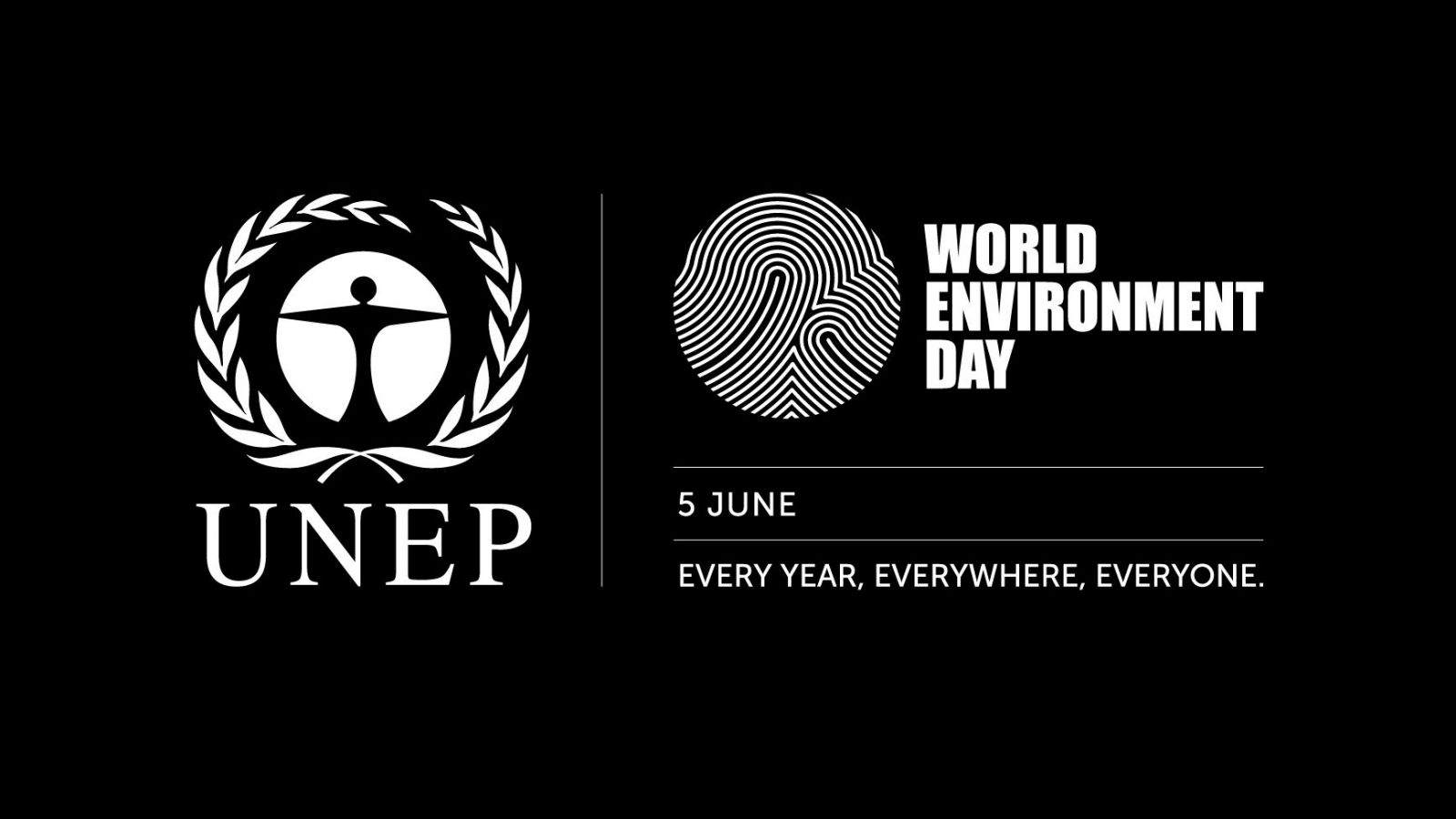Value of Environmental Crime Rises Twenty-Six Percent

Environmental crime has been valued at $91-258 billion, compared to $70-213 billion in 2014, according to a report published by the United Nations Environment Programme (UNEP) and INTERPOL. This is a rise of 26 percent.
The Rise of Environmental Crime, released for World Environment Day (June 5), finds that weak laws and poorly funded security forces are enabling international criminal networks and armed rebels to profit from a trade that fuels conflicts, devastates ecosystems and is threatening species with extinction.
Environmental crime dwarfs the illegal trade in small arms, which is valued at about $3 billion. It is the world's fourth-largest criminal enterprise after drug smuggling, counterfeiting and human trafficking. The amount of money lost due to environmental crime is 10,000 times greater than the amount of money spent by international agencies on combatting it - just $20-30 million.
The report recommends strong action, legislation and sanctions at the national and international level, including measures targeted at disrupting overseas tax havens; an increase in financial support commensurate with the serious threat that environmental crime poses to sustainable development; and economic incentives and alternative livelihoods for those at the bottom of the environmental crime chain.
Illegal Fisheries
For example, illegal fisheries are estimated to be worth $11-23 billion per year and often involve criminal networks organized as mafia-style hierarchies. Other criminal groups operate with the implicit support of their governments. There are several inherent factors that make the fisheries sector particularly susceptible to crime, states the report. The industry is a truly global enterprise, with fish caught both in areas within and outside national jurisdiction, and in remote areas beyond the scrutiny of ordinary law enforcement agencies. There is great mobility of actors, infrastructure (vessels) and commodities.
Added to this is a vague international legal framework governing the law of the sea, which fails in many respects to fully take on board the implication of transnational organized crime taking place at sea and particularly in the fisheries sector. An example of this is that, despite the well-documented harmful consequences of allowing anonymous ownership of vessels in states that are unable or unwilling to exercise their law enforcement jurisdiction over the vessels on their flag. This practice continues unabated, states the report.
Since the turn of the millennium this trend has but increased. Of particular concern is that private companies can, and do, buy the right to register vessels in vulnerable flag states in order to offer vessel owners the opportunity to register their vessels in countries unable or unwilling to enforce their laws over them. These companies sell impunity to criminals at sea, states the report. In 2013, INTERPOL established a focus project to assist its member states investigate criminal offences committed within the fisheries sector.
The last decade has seen environmental crime rise by at least five to seven percent per year. This means that environmental crime - which includes the illegal trade in wildlife, corporate crime in the forestry sector, the illegal exploitation and sale of gold and other minerals, illegal fisheries, the trafficking of hazardous waste and carbon credit fraud - is growing two to three times faster than global GDP.
Wild for Life Campaign
To combat the illegal trade in wildlife, the United Nations system and partners have launched their Wild For Life campaign, which draws on support from celebrities such as Gisele Bündchen, Yaya Touré and Neymar Jr. to mobilize millions to take action against poaching and the trafficking of illegal wildlife products.
Already, thousands of people and more than 25 ministers have chosen a species to show their commitment to protecting wildlife. The host of this year's World Environment Day, the Government of Angola, has joined the fight, promising to shut down its domestic trade in illegal ivory, toughen border controls and restore its elephant population through conservation measures.
More than one quarter of the world's elephant population has been killed in a decade. Some of world's most vulnerable wildlife, like rhinos and elephants, are being killed at a rate that has grown by more than 25 percent every year in the last decade.
Funding Terrorists and Criminal Cartels
The report looks at how money generated from the illegal exploitation of natural resources funds rebel groups, terrorist networks and international criminal cartels.
The report notes that transnational organized criminal networks are using environmental crime to launder drug money. Illegal gold mining in Colombia, for example, is now considered one of the easiest ways to launder money from the country's drug trade.
International criminal cartels are also involved in the trafficking of hazardous waste and chemicals, often mis-labelling the waste to evade law enforcement agencies. In 2013, the U.N. Office on Drugs and Crime (UNODC) reported that the illegal trade in e-waste to Southeast Asia and the Pacific was estimated at $3.75 billion annually.
Carbon Trading Fraud
Carbon trading is the world's fastest growing commodities market. Carbon credit fraud cases have involved profits that stretch into the hundreds of millions of dollars, states the report. The combined value of carbon pricing instruments was just under $50 billion in 2015. Carbon taxes and emission system trade sales generated over $15 billion in government revenues across the world. The vulnerability to crime of this trade derives from the market’s immaturity and the intangible nature of the product, which is based on the lack of delivery of an invisible substance to no one.
The report is available here.
The opinions expressed herein are the author's and not necessarily those of The Maritime Executive.
